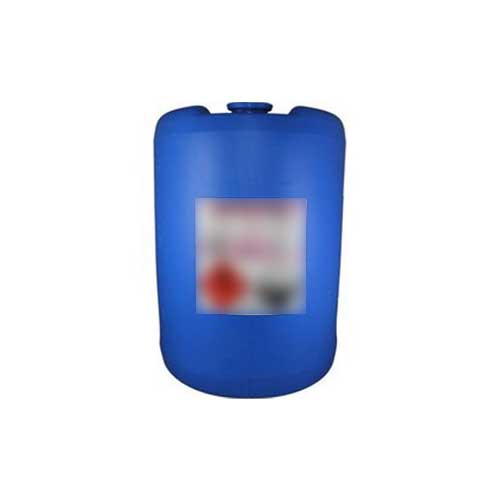CAUSTIC SODA FLAKES (NAOH)
ABOUT:
Formation of caustic soda:
- Sodium chloride is dissolved in water to create a brine solution.
- The brine solution is passed through a cell that contains two electrodes, typically made of graphite or titanium. When an electrical current is passed through the solution, the sodium ions (Na+) move towards the negative electrode (cathode) and the chloride ions (Cl-) move towards the positive electrode (anode).
- At the cathode, the sodium ions combine with hydroxide ions (OH-) to form sodium hydroxide (NaOH), which is also known as caustic soda.
- The caustic soda is then removed from the cell, filtered, and purified to remove any impurities. The final product is a white solid that can be formed into flakes or pearls.
PHYSICAL PROPERTIES:
Also known as sodium hydroxide
Molecular weight: 40 g/mol
Appearance: White, crystalline solid
Odor: Odorless
Density: 2.13 g/cm³
Melting point: 318°C (604°F)
Boiling point: 1388°C (2530°F)
pH: 14 (highly basic)
CHEMICAL PROPERTIES:
- It is highly reactive with organic and inorganic acids, organic materials and some metals
- It absorbs moisture from the air
- It is strongly caustic can cause severe skin and eye irritation and chemical burns
- It is a hazardous material that can cause chemical burns and other harm, so it must be handled with care.
- It is highly soluble in water, insoluble in alcohol and other organic solvents
- It is a highly alkaline, with a pH of approximately 13.5 in a 10% solution
APPLICATIONS:
- Caustic soda is commonly used in a variety of industrial and household cleaning applications. It is effective in removing grease, oil, and dirt from surfaces, as well as breaking down and dissolving organic materials like proteins and starches.
- In households, caustic soda is often used as a drain cleaner, where it can dissolve clogs caused by grease, hair, and other organic matter. In industrial settings, it is used in processes such as oil refining, paper and pulp production, and water treatment.
- Caustic soda is used in the production of alumina in refineries. Alumina is a raw material used to produce aluminum metal.
- In drilling muds, caustic soda is used to adjust the pH of the mud, which helps to control the solubility of minerals and prevent the precipitation of clay particles. This can improve the performance of the mud and prevent damage to the wellbore
- It is widely used in the pulp and paper industry for various processes. Some of the main applications of caustic soda in the pulp and paper industry include:
- Pulp digestion: Caustic soda is used in the pulping process to dissolve lignin and separate fibers from wood chips.
- Bleaching: Caustic soda is used in various stages of the bleaching process to remove impurities and improve the brightness of the pulp.
- Effluent treatment: Caustic soda is used in wastewater treatment to neutralize acids and adjust the pH of the effluent.
- It is used in the manufacture of various detergent components such as alkylbenzenesulfonic acids and surfactants.
- Caustic Soda is a key ingredient in the manufacture of soap. It is used as a strong base to neutralize fatty acids and convert them into soap. The process of soap making is known as saponification, and it involves the reaction of caustic soda with fats and oils to form soap and glycerol.
- Fat + Caustic Soda -> Soap + Glycerol
- The type and amount of fat or oil used, as well as the amount of caustic soda, will determine the properties of the final soap, such as its lather, hardness, and moisturizing properties. After the saponification reaction is complete, the soap is typically aged, neutralized, and purified to remove any excess caustic soda and other impurities.
SAFETY MEASURES:
- Wear personal protective equipment, such as gloves, safety glasses, and a face mask.
- Avoid skin contact with the substance, as it can cause chemical burns.
- Avoid inhaling the fumes, as they can irritate the respiratory system.
- Store the substance in a cool, dry place, away from heat sources and flammable materials.
- Keep containers tightly sealed to prevent spills.
- Use caution when mixing caustic soda with other chemicals, as some combinations can release hazardous gases.
- Always have a source of water available in case of an emergency.
- If contact with skin or eyes occurs, rinse immediately with plenty of water and seek medical attention if necessary.
- In case of ingestion, do not induce vomiting and seek immediate medical attention.




Reviews
There are no reviews yet.